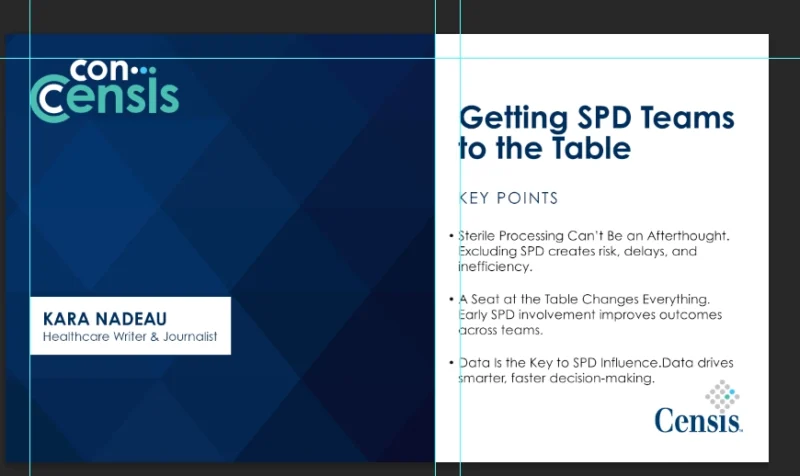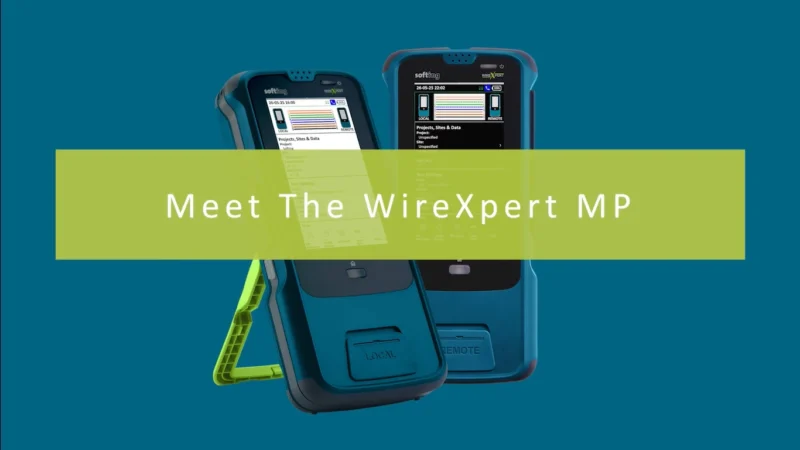How and Why is Semiconductor Manufacturing Changing?
Technology advances continue to snowball, it doesn’t appear progress will slow anytime soon. Angus McFadden, Semiconductor Technology Manager at Technetics, joined Host Tyler Kern on Getting Technetical to explain how semiconductor manufacturing is evolving. McFadden heads discovery for emerging and new technologies at Technetics, working with other companies under a semiconductor initiative.
McFadden has seen shrinking line width and wafer stacking in semiconductor nodes. Technetics is working on three nanometer widths with some customers, but eventually they will reach a physical limit around two nanometers. Packaging, where wafers are stacked to improve unit area functionality, is another way shrinking is occurring.
With these advances, the gaming industry is placing more emphasis on semiconductor importance with more use of AR and VR. “That demands a lot of computing power, a lot of bandwidth, a lot of memory,” stated McFadden. Because cell phones are the portal to world, these customers are also demanding improved semiconductor manufacturing. People want to see high resolution screens and refresh rates with a longer battery life, which is another reason for smaller semiconductors.
The size reduction means materials and contamination sensitivity are changing, which ties into cleaning. Smaller particles at the atomic level are now considered contaminants, and manufacturing companies are now turning to service from larger companies that specialize in cleaning. “A lot of people use us, and they feel comfortable with that because were insular from the rest of the world and they don’t do it in house anymore on a large scale because they just can’t afford it, it doesn’t make sense, and getting the talent is difficult,” McFadden explained.
McFadden believes the market will remain strong for the foreseeable future and grow for the next seven to ten years. For more updates on the semiconductor industry, subscribe or visit technetics.com.



